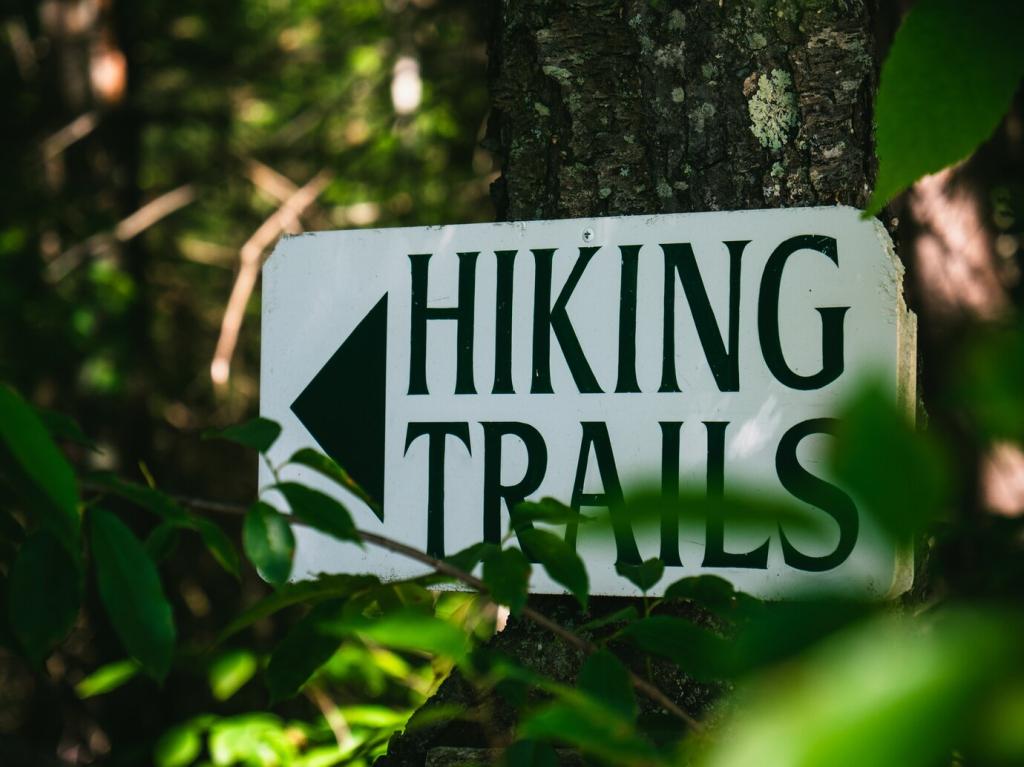Eco-Friendly Seasonal Hiking Gear: Tread Lightly, Trek Far
Chosen theme: Eco-Friendly Seasonal Hiking Gear. Welcome to a trail-tested home base for hikers who care about performance and the planet. From spring drizzle to winter whiteouts, we explore gear that adapts to the seasons while shrinking your impact. Subscribe for fresh field notes, honest tips, and stories from real hikes where sustainability proved itself underfoot.

Spring: Lightweight Layers with a Light Footprint
Look for Tencel and hemp blends that wick sweat, resist odors, and soften with each wash. On a misty April loop, a Tencel tee dried fast between climbs, out-performing a synthetic veteran while staying cool against skin. Pair with recycled nylon windshirts to cut gusts without adding weight.
Spring: Lightweight Layers with a Light Footprint
Opt for jackets finished with PFC-free DWR and fully taped seams. A biodegradable emergency poncho once saved our map on a stormy ridge, then safely decomposed back home. Reproof with water-based sprays rather than fluorinated treatments to keep spring streams free from persistent chemicals.


Summer: Cool, Sun-Smart, and Sustainable
Choose airy weaves of organic cotton-hemp blends for camp, and recycled mesh panels for trail tops. A scorcher in Canyonlands proved a lightweight lyocell shirt could stay cool under a pack, while the recycled mesh back kept sweat under control. Minimal seams help reduce chafing and micro-shedding.


Summer: Cool, Sun-Smart, and Sustainable
Skip single-use bottles with stainless flasks, bladder systems, and in-line filters. On a 14-mile ridge run, a gravity filter turned a trickle into safe sips without a plastic wrapper in sight. Stow electrolyte tabs in reusable tins to avoid foil trash and keep your pack organized.
Autumn: Durable Warmth without the Waste
Explore jackets with recycled synthetic fill or RDS-certified down for traceable welfare. A recycled puffy kept us warm during a frosty sunrise bivy, then compressed neatly without losing loft. Use a microfibre-catching laundry bag at season’s end to limit shedding when you wash.



Winter: Ethical Heat in Harsh Weather
Choose mulesing-free merino for base layers and recycled polyester for midlayers. On a minus-ten summit push, merino handled moisture while a recycled fleece trapped heat. Pack a wash bag that captures microfibres at home, and air-dry to preserve loft and reduce energy use.
Winter: Ethical Heat in Harsh Weather
Seek shells with PFAS-free membranes and C0 DWR; reproof regularly with non-fluorinated treatments. A freezing sleet event proved that disciplined maintenance beats chemical shortcuts. Warm them indoors before wear to prevent crinkly stiffness and to extend fabric life during brittle cold snaps.

Tech and Tools: Powering Your Hike, Not the Landfill
Choose compact solar panels, headlamps with replaceable batteries, and power banks sized to actual needs. On a three-day loop, a palm-sized panel topped off our GPS at lunch breaks. Cold saps battery life—insulate electronics in an inner pocket to conserve charge and reduce capacity loss.
Download offline maps, then carry a paper topo in a recyclable sleeve. Reuse zip pouches for cords and keep a tiny pencil for notes. This redundancy once saved a foggy ridge descent when a phone misread altitude, turning potential panic into a calm, map-led traverse.
What’s the one eco-conscious gadget you won’t hike without—a tiny repair tool, solar lantern, or lightweight bidet to nix toilet paper? Share your pick and subscribe for our seasonal gear-weight audits that prioritize sustainability, safety, and joy mile after mile.



Proof in Practice: Certifications and Real-World Impact
Seek bluesign-approved textiles, Fair Trade Certified sewing, and GRS for recycled content; down should be RDS or equivalent. On trail, these labels translate to safer chemistry and traceable materials. Keep a quick reference card in your notes app to compare claims before you buy.
Proof in Practice: Certifications and Real-World Impact
Consider durability, repairability, and end-of-life plans. A heavier but repairable shell can beat a flimsy ultralight over five winters of storms. Ask brands about take-back programs, and store receipts to track longevity—hard data helps make saner, lower-impact choices season after season.
